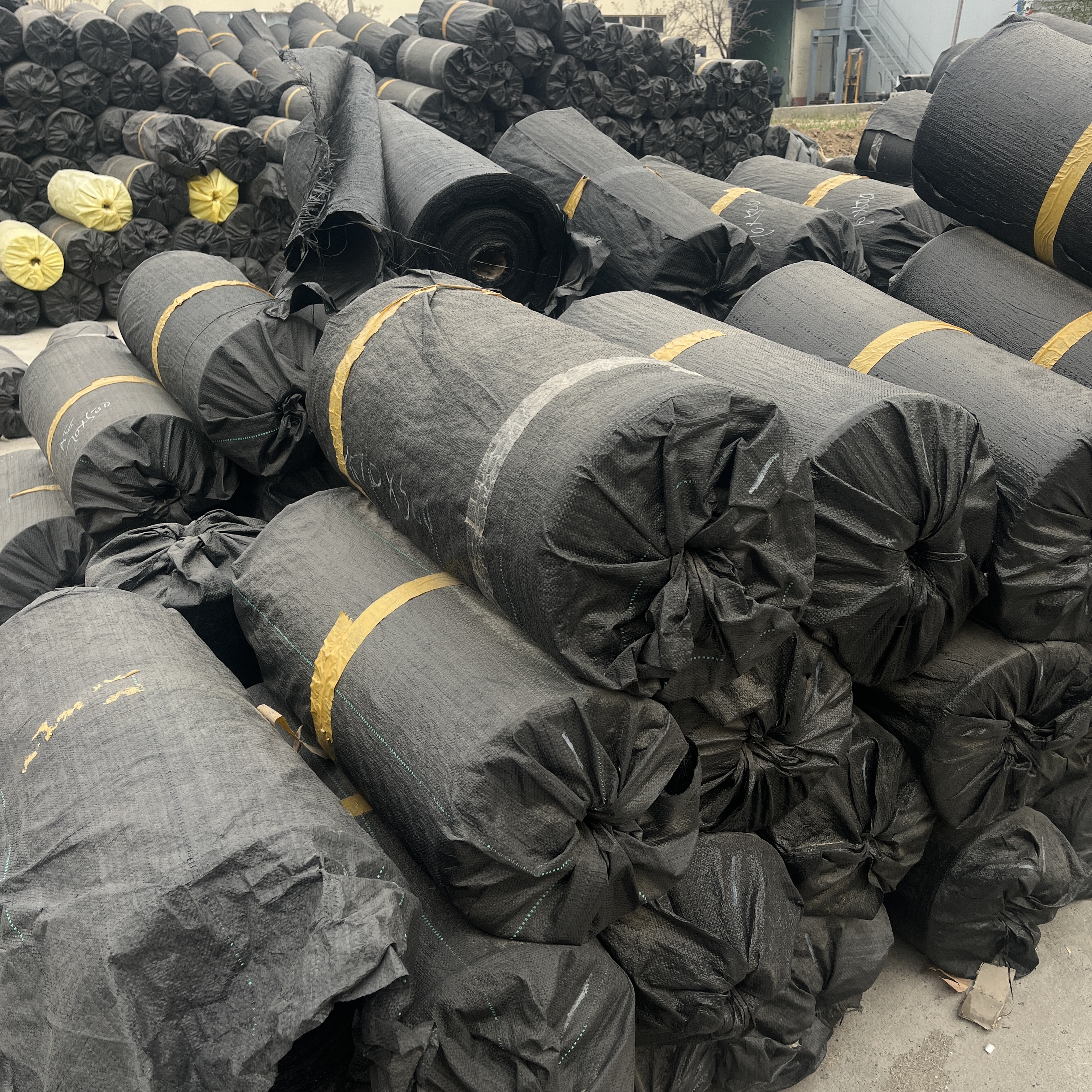Weed control fabric



Weed barrier fabric (also known as weed control fabric, landscape fabric, or ground cover fabric) is a durable, permeable geosynthetic material designed to suppress weed growth while facilitating water and air penetration. Typically made from high-quality synthetic fibers such as polypropylene (PP) or polyester (PET), it is engineered for long-term outdoor use in landscaping, agriculture, horticulture, and construction projects. By blocking sunlight (a key requirement for weed germination) and preventing weed roots from penetrating the surface, this fabric eliminates the need for frequent chemical herbicides, reduces maintenance costs, and protects soil structure—making it an eco-friendly and efficient solution for weed management.
width: 0.5m~4m
length: customized
weight per squaremeter:80g/㎡~300g/㎡
Properties
Weed barrier fabric stands out for its functional balance of weed suppression, environmental compatibility, and durability:
- Effective Weed Suppression: Dense fiber structure blocks 95–100% of sunlight, inhibiting weed seed germination and growth without harming surrounding plants.
- Permeable to Water & Air: Microscopic pores allow rainwater, irrigation water, and air to penetrate freely into the soil, maintaining optimal moisture levels and promoting root respiration. It prevents soil compaction and waterlogging, protecting plant health.
- Durable & Long-Lasting: Resistant to UV radiation, hydrolysis, mold, and insect damage. PP-based fabrics have a service life of 1–2 years, while PET-based options last 1–3 years in outdoor conditions—reducing the need for frequent replacement.
- Eco-Friendly: Reduces reliance on chemical herbicides, minimizing soil and water pollution. Most products are recyclable, aligning with sustainable landscaping and agricultural practices.
- Easy Installation & Versatility: Lightweight, flexible, and easy to cut with standard tools. It conforms to irregular terrain and can be secured with landscape pins, gravel, or mulch. It is compatible with various surfaces (soil, sand, gravel) and plant types.
Typical Applications
Weed barrier fabric is widely used in residential, commercial, and industrial settings for efficient weed management:
- Landscaping: Applied in flower beds, shrubberies, tree surrounds, pathways, patios, and garden borders. It is often covered with mulch (wood chips, stone, or bark) for aesthetic appeal while enhancing weed suppression.
- Agriculture & Horticulture: Used in vegetable gardens, greenhouses, nurseries, and orchards. It suppresses weeds around crops, reduces irrigation frequency, and maintains soil temperature—improving crop yield and quality.
- Construction & Civil Engineering: Serves as a ground cover under gravel driveways, parking lots, or construction sites to prevent weed growth and stabilize the base. It is also used in erosion control for slopes and embankments.
- Commercial & Public Spaces: Applied in parks, golf courses, roadside plantings, and commercial landscapes to reduce maintenance costs and ensure a neat, weed-free appearance.
Selection & Installation Tips
- Material Choice: Opt for woven PP/PET fabric for high-traffic or reinforcement needs; choose non-woven fabric for garden beds and plantings prioritizing water permeability.
- Specification Selection:
- Weight: 50–100 g/m² for temporary or light-use scenarios (e.g., seasonal gardens); 100–300 g/m² for permanent or heavy-duty applications (e.g., driveways, orchards).
- UV Stabilization: Select UV-treated fabrics for long-term outdoor exposure to prevent premature degradation.
- Installation Notes:
- Clear the area of existing weeds and debris before laying the fabric.
- Overlap fabric edges by 10–15 cm to avoid gaps where weeds can grow.
- Secure the fabric with landscape pins (every 30–50 cm) to prevent shifting.
- Cover with mulch, gravel, or soil (2–5 cm thick) to protect the fabric from UV damage and enhance aesthetics.
In summary, weed barrier fabric is a practical, eco-friendly solution for weed control that balances functionality, durability, and ease of use. Its wide range of applications in landscaping, agriculture, and construction makes it an essential tool for reducing maintenance efforts, protecting soil health, and achieving neat, sustainable outdoor spaces.
